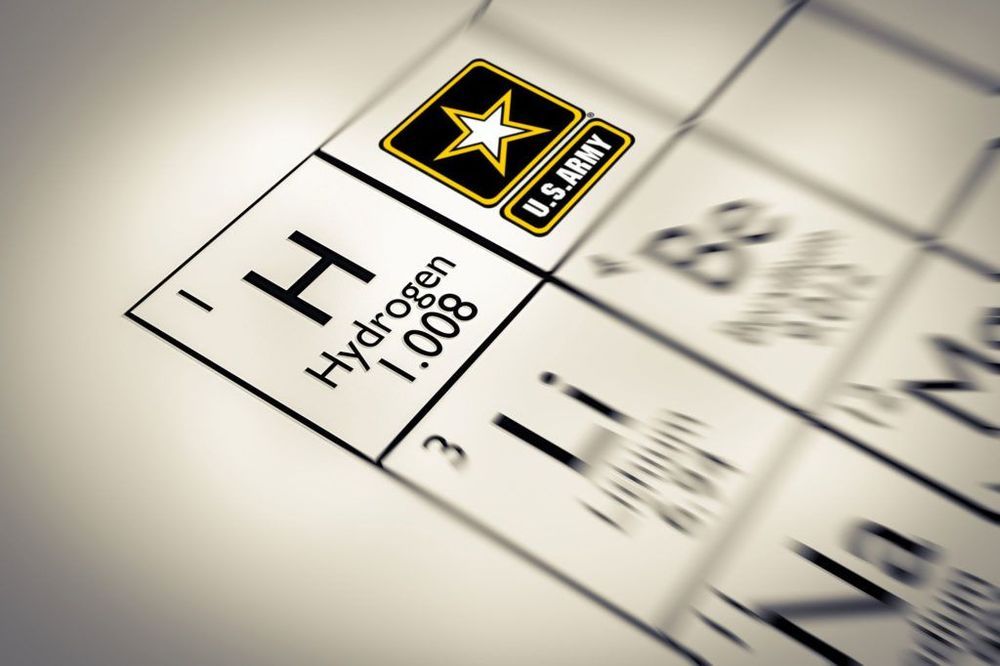The Navy sent its expeditionary fast transport ship USNS Spearhead to sea to experiment with a number of cutting-edge technologies last week, including MartinUAV’s novel V-Bat drone. V-Bat is capable of infrastructure-independent vertical takeoff and landings while also retaining the high efficiency of a fixed-wing aircraft for long-endurance missions. Seeing as it can be launched and recovered in a nine square meter area and even in dense urban terrain, as well as on the tight decks of ships, the drone could have a lot of applications in the military, law enforcement/first responder, industrial, and environmental monitoring sectors.
Category: military – Page 226

The past Porton Down can’t hide
I am aware of many “Small Studies” that produced undeniable results.
Tucked away in 7,000 acres of beautiful Wiltshire countryside lies one of Britain’s most infamous scientific establishments. Porton Down, founded in 1916, is the oldest chemical warfare research installation in the world. The tight secrecy which has surrounded the establishment for decades has fed the growth of all sorts of myths and rumours about its experiments. One Whitehall official once remarked that Porton had an image of “a sinister and nefarious establishment”.
The Porton experiments on humans have attracted a good deal of criticism. It is, for example, alleged that the human “guinea pigs’ — drawn from the armed forces and supposedly all volunteers — were duped into taking part in the tests. There are still concerns that the tests have damaged the long-term health of the human subjects.
This week, its work has been thrown into the spotlight once again: an inquest was reopened into the death, in May 1953, of a young airman, Ronald Maddison. He died after liquid nerve gas was dripped on to his arm by Porton scientists in an experiment. The original inquest decided that his death was accidental, but this new inquest will examine fresh evidence and decide if the verdict should stand.

Neutrino beam could neutralise nuclear bombs
By Will Knight
A super-powered neutrino generator could in theory be used to instantly destroy nuclear weapons anywhere on the planet, according to a team of Japanese scientists.
If it was ever built, a state could use the device to obliterate the nuclear arsenal of its enemy by firing a beam of neutrinos straight through the Earth. But the generator would need to be more than a hundred times more powerful than any existing particle accelerator and over 1000 kilometres wide.
The X3 Ion Thruster Is Here, This Is How It’ll Get Us to Mars
The X3 is made possible thanks to a collaboration among NASA, Aerojet Rocketdyne, the Caltech Jet Propulsion Laboratory, and the University of Michigan.
It’s a new type of propulsion engine that smashed records during test firings. This engine and other electric propulsion systems will help us reach distant planets faster than ever before.
How NASA’s Rover Team Reimagined Mars 2020 https://www.youtube.com/watch?v=O9YBPRF3o5w&
Subscribe! https://www.youtube.com/user/DNewsChannel
Thruster for Mars mission breaks records.
An advanced space engine in the running to propel humans to Mars has broken the records for operating current, power and thrust for a device of its kind, known as a Hall thruster.
Plasmadynamics & Electric Propulsion Laboratory.
The PEPL mission: Make electric propulsion (EP) devices more efficient and of better performance Understand spacecraft integration issues that could impede the widespread use of these devices on scientific, commercial, and military spacecraft Identify non-propulsion applications of EP systems.
NASA Plans to Build a Moon-Orbiting Space Station: Here’s What You Should Know

The military’s future body armor could be as thin as 2 atoms
If you’ve been a grunt, then you probably have a love-hate relationship with body armor. You love having it in a firefight — it can save your life by stopping or slowing bullets and fragments — but you hate how heavy it is — it’s often around 25 pounds for the armor and outer tactical vest (more if you add the plate inserts to stop up to 7.62 mm rounds).
It’s bulky — and you really can’t move as well in it. In fact, in one firefight, a medic removed his body armor to reach wounded allies, earning a Distinguished Service Cross.
Imagine if the body armor were just another part of your clothes, like a light jacket. Imagine not having to haul around those extra 30 pounds. Well, troops may not have to imagine much longer. According to a release from the Advanced Science Research Center at the City University of New York, body armor could soon have the thickness of just two atoms. This is due to how graphene acts under certain conditions.


The Competition for Space
Tory bruno, president and CEO, united launch alliance.
Kay sears, vice president and general manager, military space, lockheed martin.
Heather Wilson, Former Secretary of the U.S. Air Force.
Moderator: bryan bender, defense and space editor, politico.

U.S. Army Hydrogen-Generation Discovery May Spur New Industry
ABERDEEN PROVING GROUND, Md. — Army officials announced the exclusive licensing of a new technology designed to harvest hydrogen from an aluminum alloy powder and any fluid that contains water.
“This is on-demand hydrogen production,” said Dr. Anit Giri, a materials scientist at the U.S. Army CCDC Army Research Laboratory at Aberdeen Proving Ground, Maryland. “Utilizing hydrogen, you can generate power on-demand, which is very important for the Soldier.”
Army researchers discovered a structurally-stable, aluminum-based nanogalvanic alloy powder in 2017, which reacts with water or any water-based liquid to produce on-demand hydrogen for power generation without a catalyst.

Secret locations of US nuclear weapons hidden in Europe are revealed
The secret locations of US nuclear weapons hidden in Europe have been revealed in a NATO document.
A draft report for the NATO parliamentary assembly’s defence and security committee seen by AFP gave details of six air bases in Europe and Turkey where it said the US stores 150 nuclear weapons, specifically B-61 gravity bombs.
The news comes amid fears of a new nuclear arms race in Europe, as a landmark Cold War treaty between Moscow and Washington is on the brink of collapse.